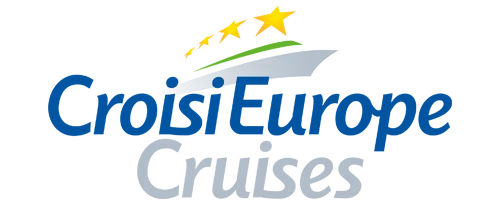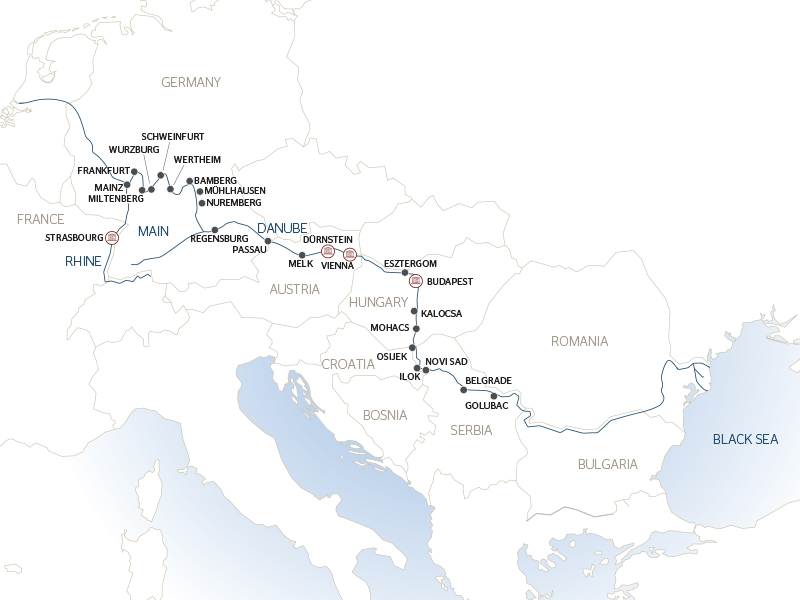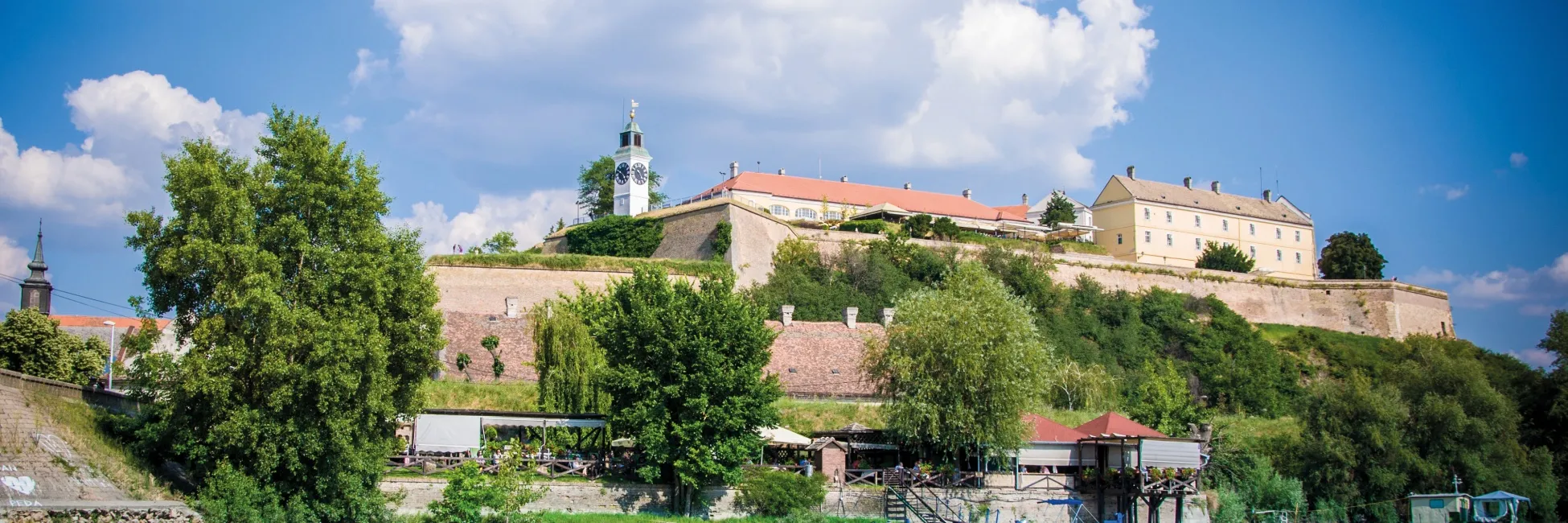
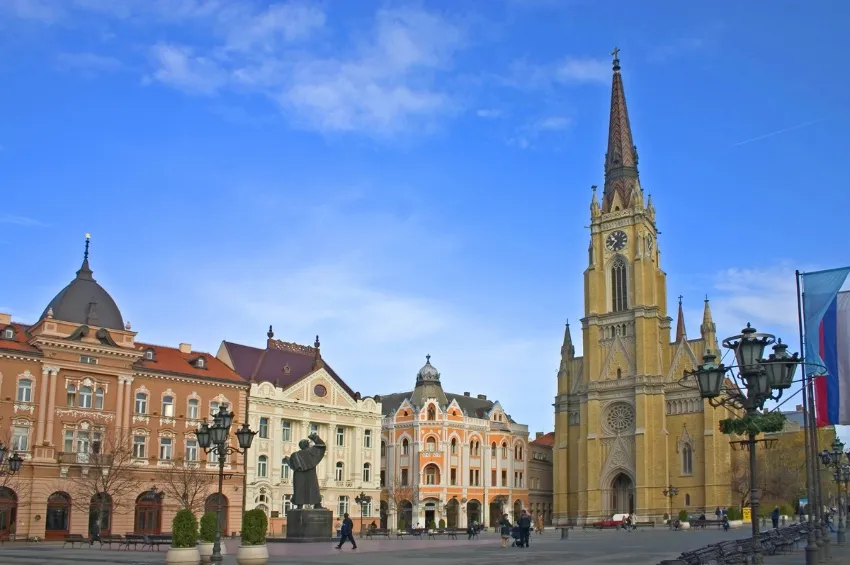
We'll set off by coach to visit the town of Novi Sad. Capital of the autonomous region of Vojvodina, Novi Sad is also the second largest town in Serbia, going by the size of its population. The town has a long and troubled history since it was under the rule of Celts, Romans, Franks, Barbarians and Turks until it became part of the Habsburg empire. It was known as "Petrovaradin” in the past, and the name Novi Sad (meaning ‘new plant') only came into use in 1748. The history of the town was further troubled during the 20th century when after the First World War, the Balkan territories were in turn united and separated under different names, until in 2006 when the town finally became part of an independent Serbia.
We'll visit the city center on foot. The Austro-Hungarian old town, with its baroque buildings, grew up around the ancient fortifications. We'll get the chance to visit the Episcopal Church as well as an orthodox church before we continue up the main street to Freedom Square where we'll find the Town Hall, dating from 1895. The coach will be waiting for you near Freedom square to finish the visit with a panoramic tour up the main boulevards leading to the boat.
PLEASE NOTE
- Good walking shoes are recommended (paths with cobbles and earth in the fortress).
- The order of the visits can change.
- Times are approximate.

We'll set off by coach to visit the town of Novi Sad. Capital of the autonomous region of Vojvodina, Novi Sad is also the second largest town in Serbia, going by the size of its population. The town has a long and troubled history since it was under the rule of Celts, Romans, Franks, Barbarians and Turks until it became part of the Habsburg empire. It was known as "Petrovaradin” in the past, and the name Novi Sad (meaning ‘new plant') only came into use in 1748. The history of the town was further troubled during the 20th century when after the First World War, the Balkan territories were in turn united and separated under different names, until in 2006 when the town finally became part of an independent Serbia.
We'll visit the city center on foot. The Austro-Hungarian old town, with its baroque buildings, grew up around the ancient fortifications. We'll get the chance to visit the Episcopal Church as well as an orthodox church before we continue up the main street to Freedom Square where we'll find the Town Hall, dating from 1895. The coach will be waiting for you near Freedom square to finish the visit with a panoramic tour up the main boulevards leading to the boat.
PLEASE NOTE
- Good walking shoes are recommended (paths with cobbles and earth in the fortress).
- The order of the visits can change.
- Times are approximate.
Cruises
This shore excursion is available for one or several cruises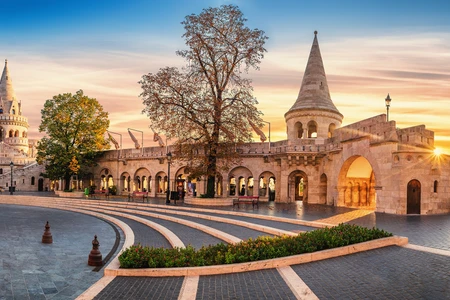
Trans-European cruise from Strasbourg to Budapest (port-to-port cruise)
STRASBOURG - MAINZ - FRANKFURT - MILTENBERG - WERTHEIM - WURZBURG - SCHWEINFURT - BAMBERG - NUREMBERG - MÜHLHAUSEN - REGENSBURG - PASSAU - MELK - DURNSTEIN - VIENNA - ESZTERGOM - BUDAPEST - MOHÁCS - OSIJEK - BELGRADE - GOLUBAC - NOVI SAD - ILOK - MOHÁCS - KALOCSA - BUDAPEST
Embark on an exceptional cruise from Strasbourg to Budapest and let yourself be carried away by the magic of three majestic rivers: the Rhine, the Main, and the Danube. Through five emblematic countries—France, Germany, Austria, Croatia, and Hungary—discover a journey rich in history, culture, and traditions. From idyllic landscapes to cultural treasures, each stop promises awe and wonder.
The highlight of the trip is the grand spectacle of the Iron Gates, between Romania and Serbia. This river cruise invites you to explore fascinating cities such as Belgrade, vibrant and cosmopolitan, or Pécs and Budapest, guardians of a thousand-year heritage. Immerse yourself in authentic Europe, where nature, history, and modernity intertwine for an unforgettable experience.
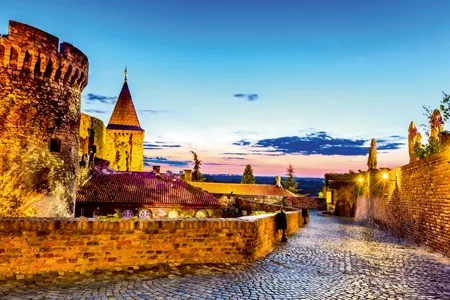
Budapest, the Pearl of the Danube (port-to-port cruise)
BUDAPEST - MOHACS - OSIJEK - BELGRADE - GOLUBAC - NOVI SAD - ILOK - MOHACS - KALOCSA - BUDAPEST
See the biggest river parade in Europe: the Iron Gates, on the border of Romania and Serbia. It is here that the beautiful blue Danube unveils its most spectacular landscapes. Discover cities such as Belgrade, a young and modern capital, as well as legendary sites such as Baile Herculane which houses one of the oldest and most famous spas in Romania. Travel through 2000 years of history in Pécs and Budapest, which will end a magical cruise and a journey of a life time.
